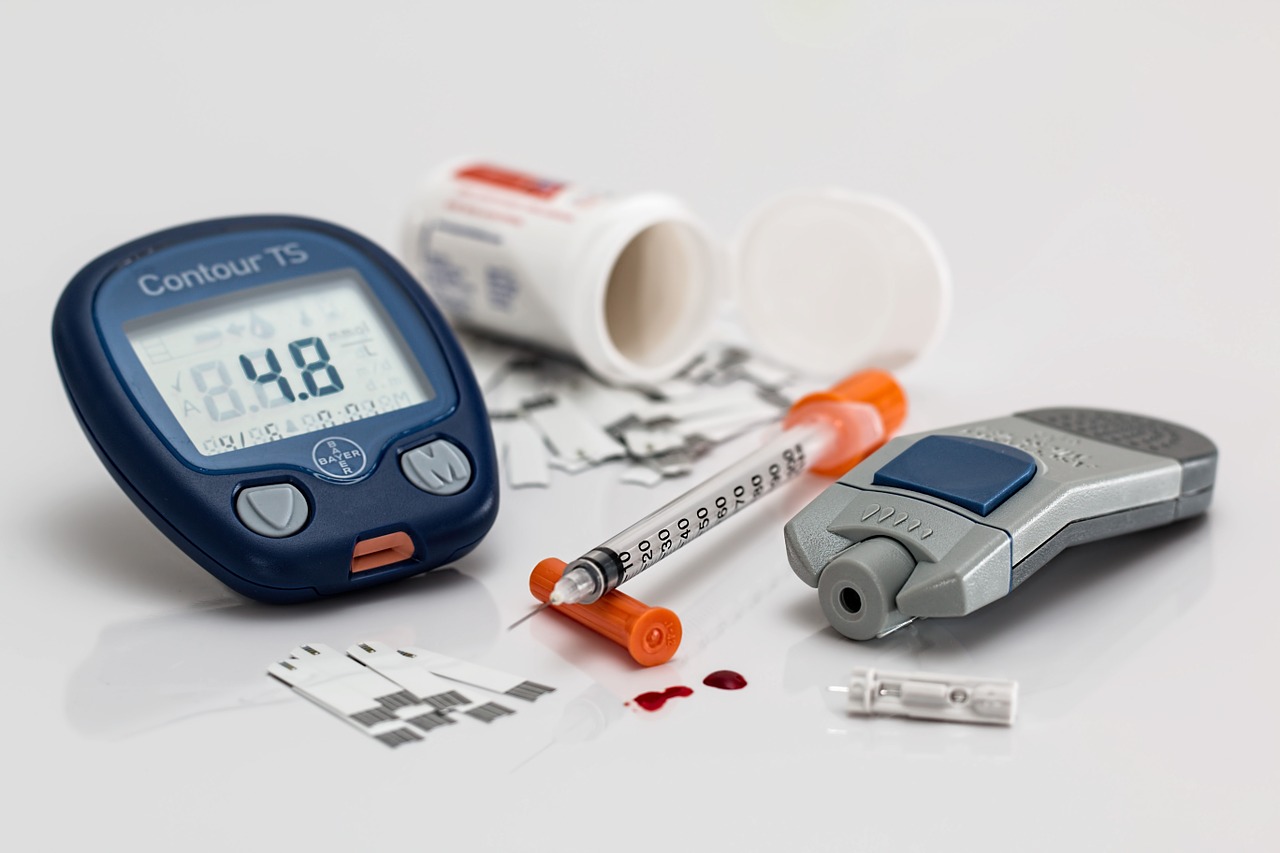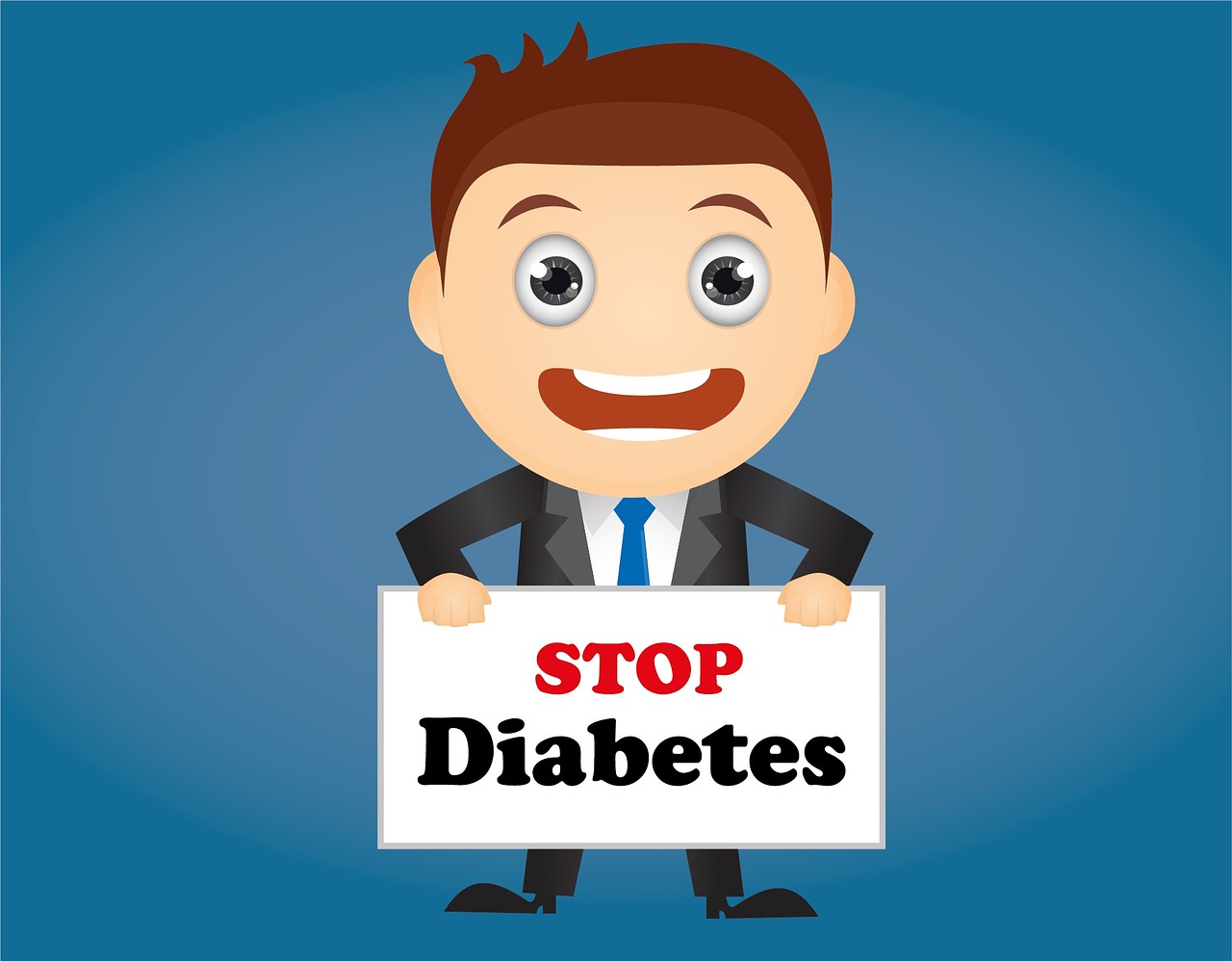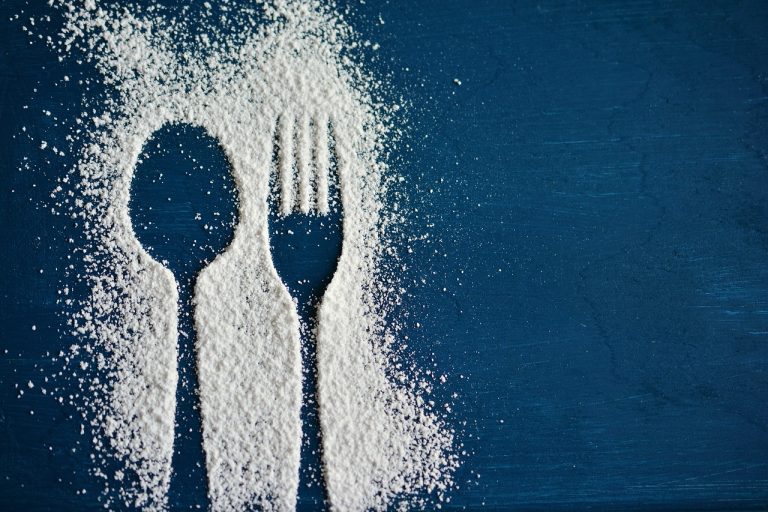Our brain is responsible for our feeling of hunger or satiety. The center regulating our appetite and feeling of hunger and satiety is located in the part of the brain called the sub-valley. The stimulation of one of its parts, the so-called the center of hunger, makes us look for food. The stimulation of another part, the so-called the center of satiety affects that we stop eating. The information about the current needs of the organism is transmitted to the centers of hunger (H) and satiety (S). One of the signals to the brain that a person should eat something - or stop eating - is the level of glucose in the blood.
Blood sugar
The principle is quite simple when glucose rises in the blood, we feel satiated and lose the desire to eat. When glucose drops, we start to feel hunger and need to eat something. Each of us should take care of the blood sugar level. In the previous article, we mentioned that a diet with a low glycemic index is important for people who are slimming and suffering from diabetes. Below I explain why this is so.

I want to lose weight and what next?
People who want to lose weight should pay attention to both the amount of meals and their quality. Consuming 4-5 meals a day for about 2.5-3 hours is the basis for such a diet. In order to lose weight, it is not enough to take care of the amount of meals. During slimming it is important to choose products that provide the body with the necessary nutrients. The amount of calories consumed should be reduced.
Consuming meals every 2.5-3 hours influences the maintenance of blood sugar levels. Because the sugar naturally falls in the blood after 2 hours, after this time, providing the body with some food helps to level the sugar level. When its level is too low, hypoglycaemia occurs. It reveals itself with a wolf appetite. Then we throw ourselves at food, not controlling how much we eat. Often the reason for being overweight is just eating too much food after a significant drop in sugar.
During the day at work, we do not have time to eat something, so after coming home, we indulge in everything that is within reach. Providing still some amount of sugar means that we do not allow for such a drop in blood sugar, when the signal to look for food becomes very strong. So if our biggest problem in slimming are hunger pangs, start with this change more frequent meals with low GI. The same applies to people with diabetes. They also need to maintain a constant level of glucose in the blood.

Regardless of whether we are slimming down or if we are diabetic, IG is important in the diet of every person. In a properly composed all-day menu, we should limit products with a high GI and replace them with those of low or average value.
Consumption of products with low glycemic index influences the slow secretion of insulin hormone. Insulin is responsible for digestion. If it is released more slowly, we feel satiated longer because food is digested slowly. Another positive effect of this diet is the reduction of harmful cholesterol and triglycerides in the blood.
In addition, food with low IG values makes carbohydrates contained therein more effectively used during physical exercise. Muscles work thanks to energy supplied from glucose. In the case of physical exercise or long-term exercise, glucose should be constantly supplied so that the muscles can work efficiently.
Thanks to a properly balanced menu, we can lose weight, protect our body against diabetes and provide the necessary energy to the brain and muscles. It's worth taking care of it!






